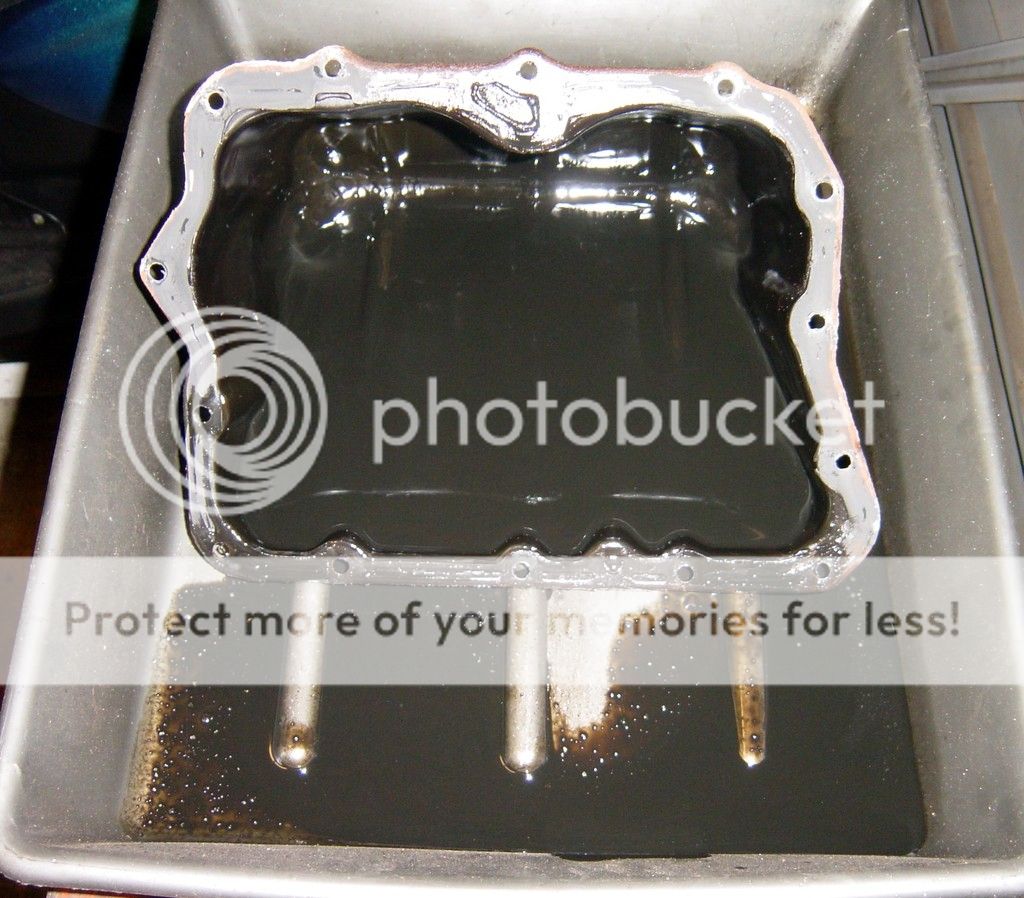Hi,
Attempted to drain the old oil last night, records that came with the car indicate it was last changed over 2 years ago (4500 miles) - Black, with a strong petrol nose.
Had a sump pump for marine diesel applications, managed to draw oil up through dipstick tube, but pump struggled, due to small bore nylon tube (6mm Pneumatic Tube). Sump Pump is designed to take 1/2" hose ....
I disconnected after 20mins and left to syphon, literally a drop every 3~4 seconds. Checked this morning and still syphoning at the same rate - could be a day or two before it's finished !!
Is there an Electric pump out there anybody recommends, or is the PELA style vacumn pump the best way to go ?
Obviously there's going to be a fair drop left in the sump, so was think of using a flushing oil before renewing filter, followed by a Fully Synthetic fill.
Any comments on this, or is it to be avoided (fickle engine + turbo considerations ??)
Thanks
Attempted to drain the old oil last night, records that came with the car indicate it was last changed over 2 years ago (4500 miles) - Black, with a strong petrol nose.
Had a sump pump for marine diesel applications, managed to draw oil up through dipstick tube, but pump struggled, due to small bore nylon tube (6mm Pneumatic Tube). Sump Pump is designed to take 1/2" hose ....
I disconnected after 20mins and left to syphon, literally a drop every 3~4 seconds. Checked this morning and still syphoning at the same rate - could be a day or two before it's finished !!
Is there an Electric pump out there anybody recommends, or is the PELA style vacumn pump the best way to go ?
Obviously there's going to be a fair drop left in the sump, so was think of using a flushing oil before renewing filter, followed by a Fully Synthetic fill.
Any comments on this, or is it to be avoided (fickle engine + turbo considerations ??)
Thanks



 (I now acknowledge Thrumbleux's post #13, where he stated the mono-grades are measure at different temperatures...)
(I now acknowledge Thrumbleux's post #13, where he stated the mono-grades are measure at different temperatures...)
Comment